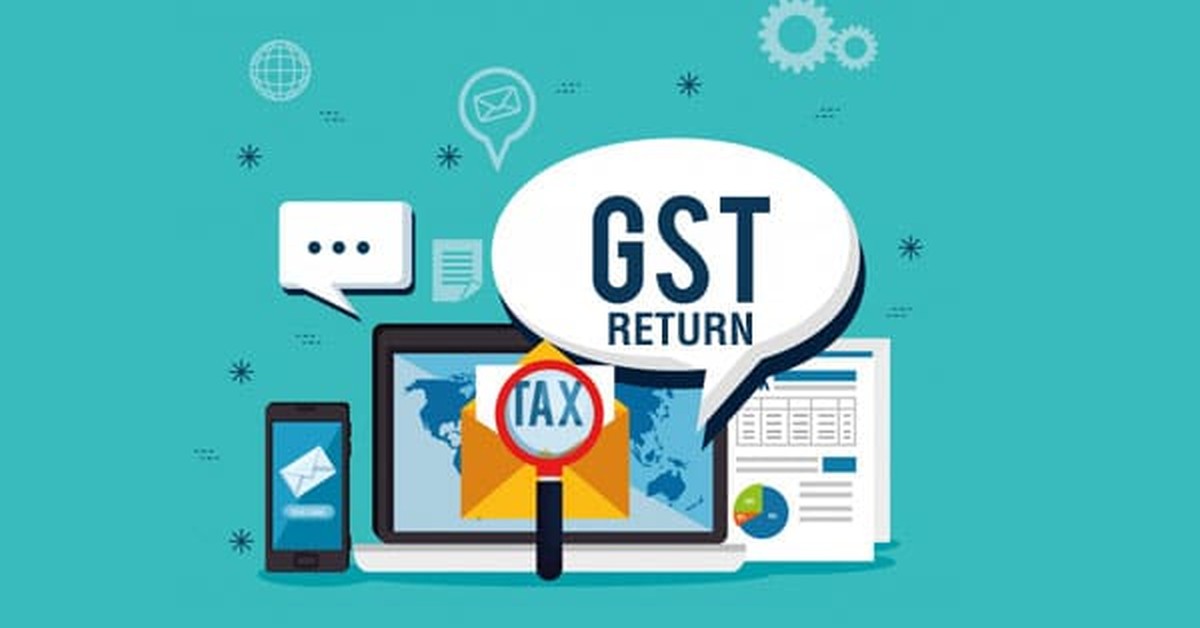Introduction
The GST Composition Scheme was created to make GST payment easy for MSME businesses and simplify GST return filing. Small taxpayers can avoid time-consuming GST processes by paying GST at a fixed rate of turnover. Any taxpayer with a turnover of less than Rs. 1.5 crore may opt for this scheme. The taxpayer should submit GSTR 4A under the composition scheme and file GST return online.
What is a composition scheme?
The GST composition plan is a method of tax payment available to small businesses. The composite scheme offers two key advantages above normal GST filing: less paperwork and compliance, and lower tax liabilities. For example, regular taxpayers are required to submit three monthly GSTR-1, GSTR-2, and GSTR-3 reports along with one annual return i.e., GSTR-9. However, if you've applied for the GST composition scheme, filing gets easier because you only need to file one quarterly return i.e. GSTR-4A, and one annual return i.e. GSTR-9A.

Eligibility of composition scheme
Businesses may apply for the Composition Scheme if their annual turnover exceeds INR 1.5 crore. The threshold was initially established at INR 1 crore each year, however, the CBIC later increased it to INR 1.5 crore. When determining the overall annual turnover, companies must take into account the total annual turnover of all businesses that use the same PAN card. When determining whether a business is eligible for the Composition Scheme, the government will consider its aggregate turnover. Additionally, under the GST regime, the composition scheme is only available to the following types of business entities:
- Producers
- Retailers
- restaurants without alcohol service
The listed below individuals are not eligible to opt for the composition scheme:
- Manufacturers of ice cream, tobacco, and pan masala
- Individuals making inter-state supplies
- Casual taxpayer
- Non-resident taxpayer
- Businesses that use an e-commerce operator to supply goods
Benefits of composition scheme under GST
The following benefit a person or companies enjoys who opts for the composition scheme under GST:
- The liability of the taxpayers has been reducing who opt for a composition scheme.
- The taxpayer under composition has to comply with less compliance and side-by-side tax invoices as compared to normal taxpayers who are required to keep books of record.
- The taxpayer under the composition scheme has to comply with less tax liability because of the fixed rate under this scheme.
Composition Scheme under the GST Regime
Let us now take a quick look at a few things you need to keep in mind about the Composition Scheme
- Composition dealers must pay tax under the reverse-charge mechanism wherever it is applicable. The rate for the supplies produced will be the rate at which the dealer has to pay the GST. Hence, the rate under the scheme cannot be used to pay taxes under the reverse-charge mechanism.
- Composition dealers cannot avail of any input tax credit, better known as ITC for the tax they paid under the reverse charge mechanism.
- Such dealers do not have to pay the IGST since they have to only pay the CGST and SGST for the import of services or goods from an unregistered dealer under the reverse charge mechanism.
- Composition dealers have to pay tax at a specific rate on their total sales. They must also pay tax under the reverse-charge mechanism for certain purchases. Hence the total GST payable = tax on supplies + tax on B2B transactions (reverse charge) + tax on unregistered dealer B2B purchases + tax on import of services.
- Unlike normal taxpayers, composition dealers do not have to maintain detailed records of all their financial transactions. However, they must issue bills of supply and not tax invoices, as the dealer pays the tax out of his pocket. Such dealers cannot recover the GST paid by their customers.
Forms to file in composition scheme
- GST CMP-02: To opt for the composition scheme the taxpayer has to file this form at the beginning of the financial year which is in the month of April.
- GST CMP- 08: The taxpayer who has opted for the composition scheme has to file this GST return form to file the quarterly return on the 18th of the very month on a quarterly basis.
- GST CMP-04: When a taxpayer wants to withdraw from the composition scheme, he/she files GST CMP-04.
GST rates for a composition scheme taxpayer
The following chart explains the rate of tax on turnover applicable for composition dealers:
- Manufacture and traders - 1%
- Restaurants not serving alcohol- 5%
- Other services provider 6%
Due date under composition scheme
The due date for filing Form GSTR-4 is the 18th of the month succeeding the quarter or as extended by the Government from time to time. For example, for the quarter of April to June 2019, the Due Date is 18th July 2019. Even in case of a nil return, GSTR4 is required to be filed. However, an annual return GSTR-9A is also required to be filed on or before 30th June.
Late fees for not filing the GSTR 4 within the due date
If a taxpayer does not file his/her return within the due dates mentioned above, he/she shall have to pay a late fee of Rs. 50/day i.e. Rs.25 per day in each CGST and SGST (in case of any tax liability) and Rs. 20/day i.e. Rs.10/- day in each CGST and SGST (in case of Nil tax liability) subject to a maximum of Rs.5000/-, from the due date to the date when the returns are actually filed.







 CAclubindia
CAclubindia
